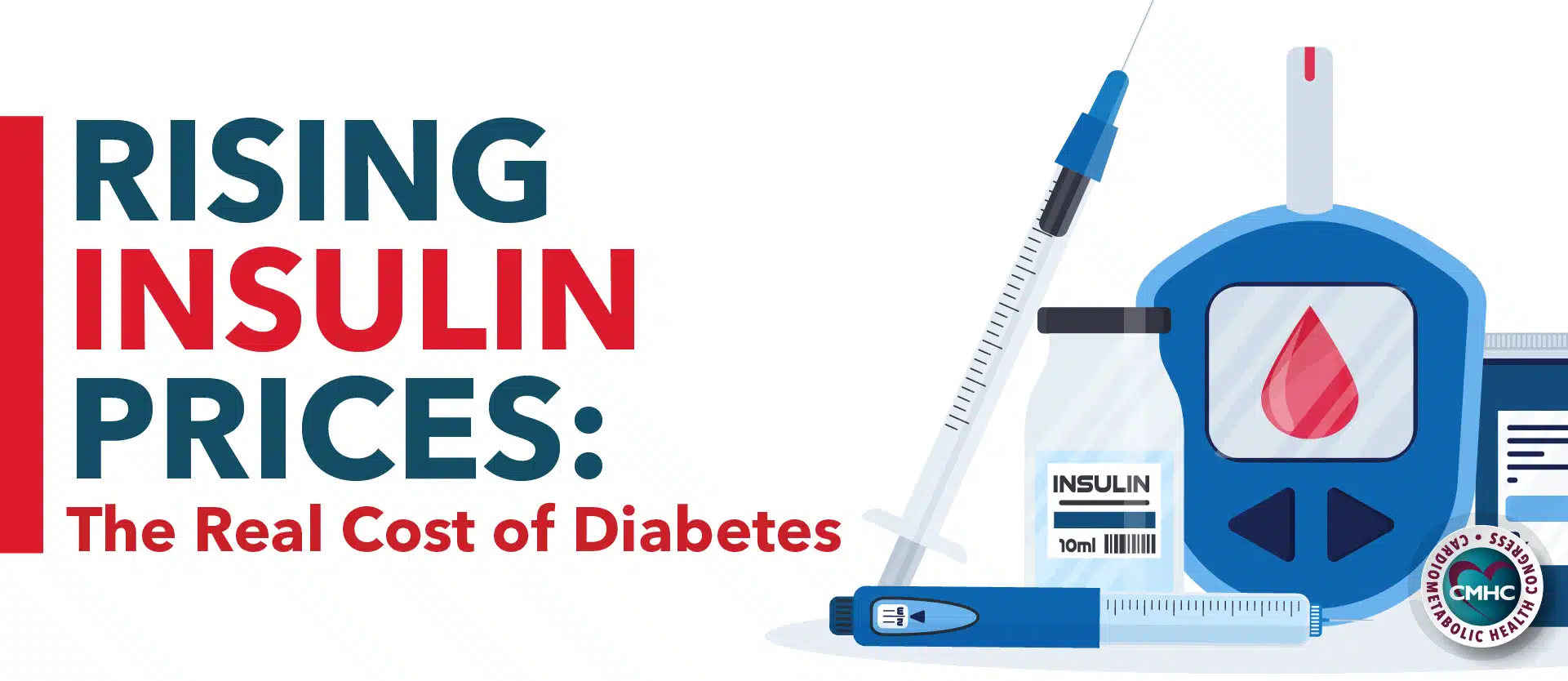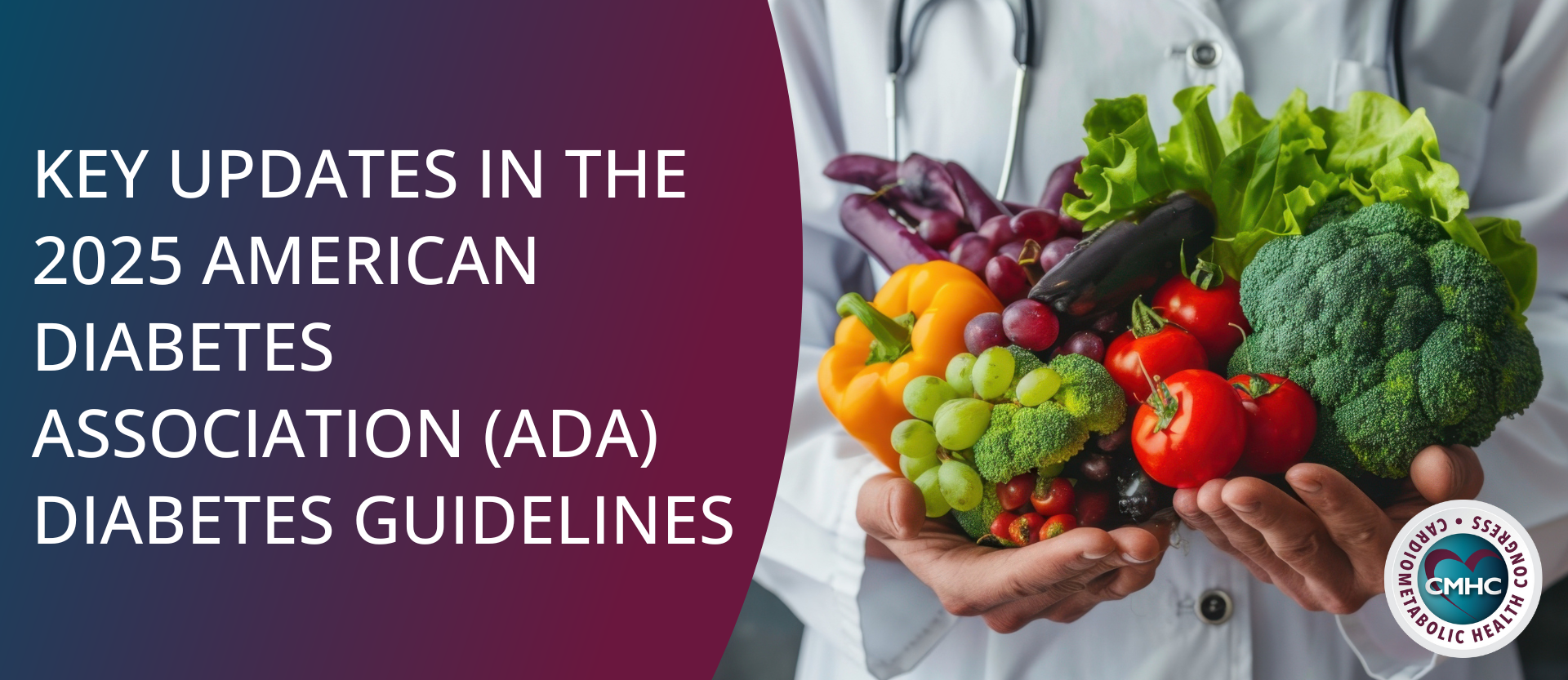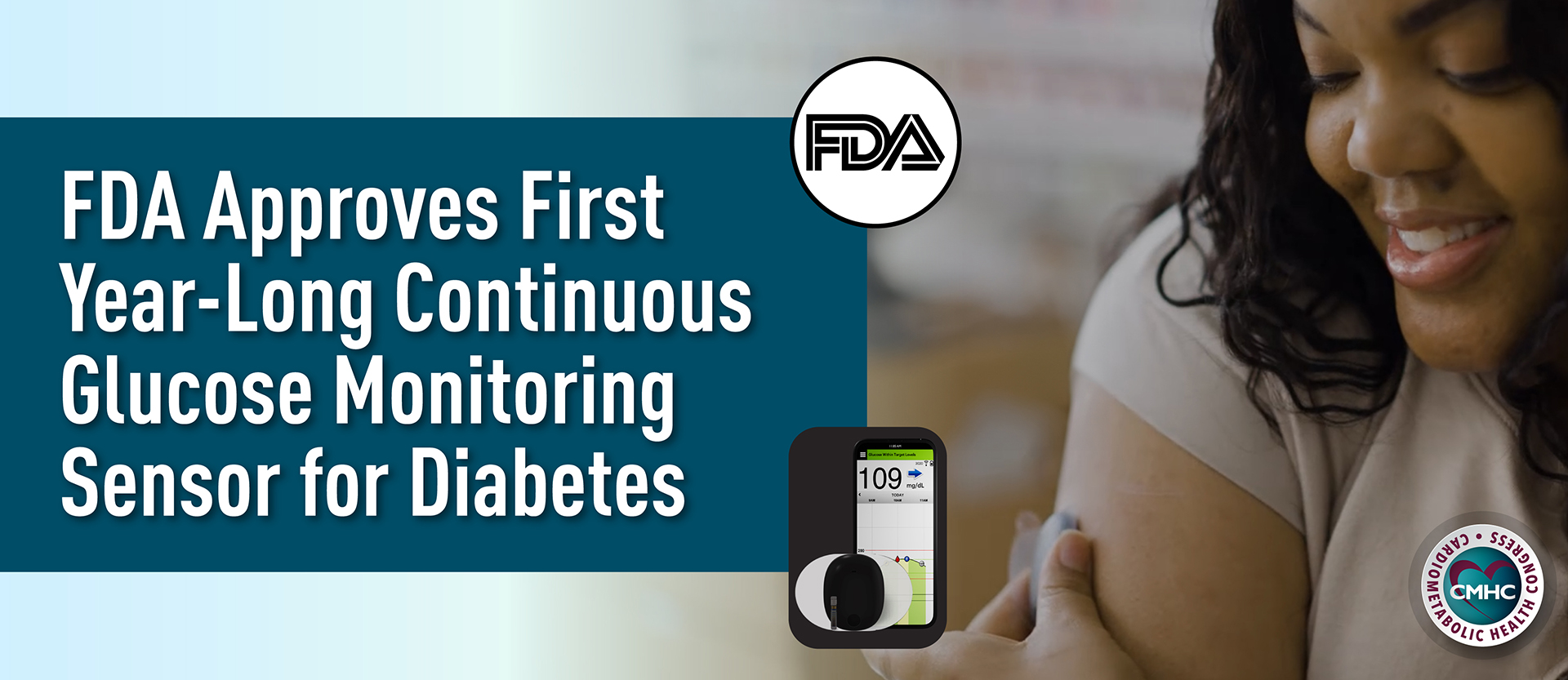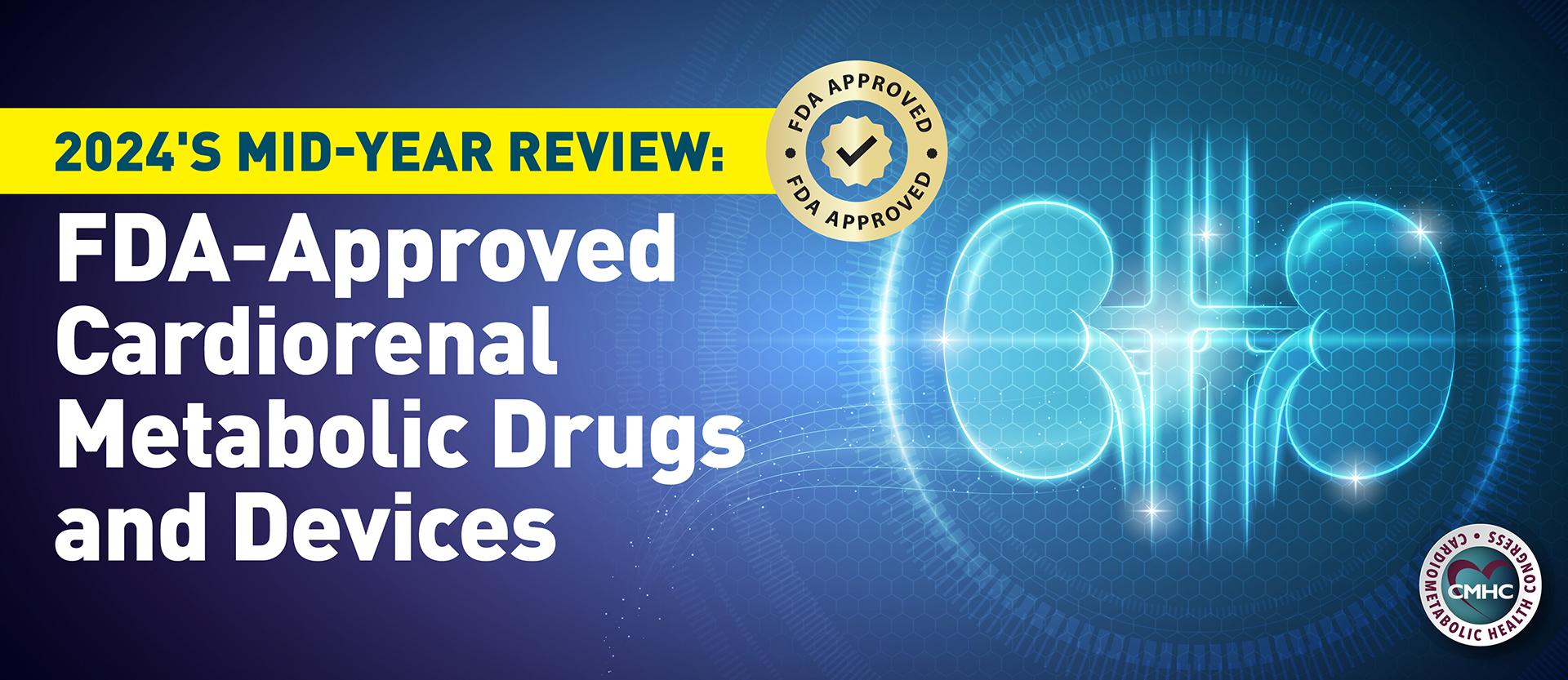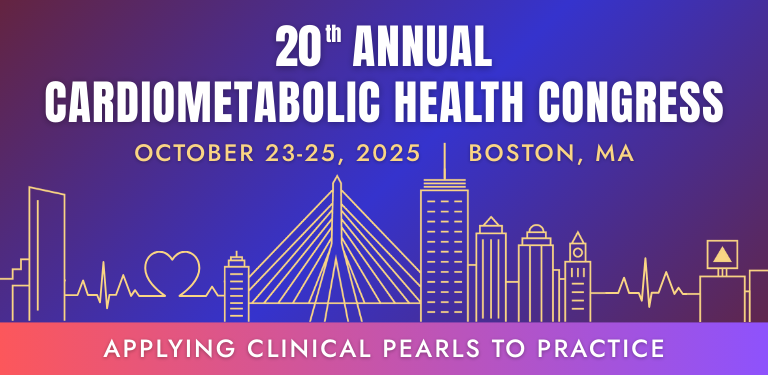“Insulin is a remedy primarily for the wise and not for the foolish, be they patients or doctors. Everyone knows it requires brains to live long with diabetes, but to use insulin successfully requires more brains.” – Elliott P. Joslin, 1923
This year, the medical community simultaneously celebrates the 100-year anniversary of the first use of insulin while recognizing the incongruous reality that many patients now cannot afford the widely available drug. A patient diagnosed with diabetes in the U.S. is estimated to have more than twice the medical expenses of someone without diabetes. The disease cost the U.S. economy $327 billion in 2017, which accounts for not only the cost of care, but also for lost wages from the incidence of debilitating disease and mortality. The rapidly rising price of insulin, the hormone relied on by millions to manage their diabetes, is the target of new legislation in the U.S. Congress attempting to cap the price of insulin for patients struggling to afford it.
A (brief) history of insulin
Prior to 1922, patients with diabetes didn’t live long. Physicians had no effective therapeutic options and recommended fasting, calorie restriction, reducing dietary sugar and starches, and weight loss to manage the disease. Patients would commonly be hospitalized indefinitely, go into diabetic ketoacidosis, and sometimes starve to death because of the restrictive diet. It was observed that when young patients developed diabetes (what we now know as type 1 diabetes), the more aggressive the disease and the lower the life expectancy.
Then, in the early 1920s, Canadian researchers conducted groundbreaking studies to isolate pancreatic secretions from dogs thought to have “anti-diabetic” effects and successfully purified this secretion into insulin. Physicians at Toronto General Hospital administered insulin for the first time in January 1922 to a severely diabetic 14-year-old boy. This led to animal-sourced insulin being widely used throughout North America and Europe to treat patients with diabetes effectively and safely. Frederick Grant Banting and John James Rickard Macleod – the researchers credited with the discovery of insulin – won the Nobel Prize in Physiology or Medicine in 1923.
Although life-saving, the initial formulations of insulin extracted from cows and pigs were short-acting, relatively impure, necessitated frequent administration, and had high rates of complications. In 1978, using the amino acid sequence of human insulin described by biochemist Fred Sanger in the late 1950s, researchers were able to create a synthetic insulin recombinant. This engineered insulin reduced the risk of antibody formation and allowed for virtually unlimited insulin production that didn’t rely on animal sources. Today, all insulins are recombinant drugs produced using this genetic engineering process and are divided into three categories: slow (more than 24 hours of action), intermediate (about 12 hours of action), and rapid (2 to 4 hours of action).
Modern noninsulin therapies
When the U.S. Food and Drug Administration (FDA) approved oral metformin in 1994, it marked the first new type of diabetes drug since insulin was introduced more than seven decades earlier. Metformin enhances adenosine monophosphate-activated protein kinase (AMPK) activity, which mimics calorie restriction. More-recent glucagon-like peptide 1 (GLP-1) receptor agonists have shown promise in diabetes treatment by suppressing post-prandial glucagon release, delaying stomach emptying, and increasing insulin sensitivity. This class of oral drug, first FDA-approved in 2019, is another noninjection option for controlling diabetes.
Despite these new drug options for treating all forms of diabetes, and robust efforts to prevent the development of type 2 diabetes (T2D) through lifestyle interventions, the use of insulin is still necessary to manage the disease for an estimated 200 million people worldwide. Therefore, the cost of insulin is of great interest to the public health industry and governmental agencies interested in maintaining patient adherence to its life-saving use.
Insulin prices and the COVID-19 pandemic
The debate over rising drug prices, pharmaceutical greed, and disparities in access to medical treatment are established issues in the health care industry. The cost of insulin is just an example; the price of one vial of a best-selling insulin brand has more than quadrupled since 2004. These price increases – and the lack of transparency around them – took center stage during the COVID-19 pandemic. The American Diabetes Association (ADA) estimated that amid the pandemic, 24% of patients with diabetes had to ration their insulin supplies because of the constantly rising drug prices and lost wages due to the pandemic, resulting in severe illness and death.
Because three giant pharmaceutical companies produce and control the market for insulin (these companies also make and set the prices for noninsulin GLP-1s), critics call out their leadership for raising prices so high that many patients can’t afford the drug. Compounding the issue is that many low-income populations with higher disease burdens have little access to health care or insurance; these patient populations were also affected disproportionately by the COVID-19 pandemic because their already low-paying jobs were often in industries hit hardest by layoffs.
The current legislation
The Affordable Insulin Now Act, passed by the U.S. House of Representatives on March 31, 2022, proposes a monthly out-of-pocket cap of $35 (or 25% of the out-of-pocket price, whichever is lower) copay on insulin for people in the U.S. with commercial, group, or Medicare insurance. The bill, which will go in front of the U.S. Senate next, would penalize drugmakers who raise prices faster than inflation and would change the Medicare prescription drug benefit to limit out-of-pocket costs.
Critics of the legislation say that placing a cap on insulin copays only shifts the real cost, allowing drug companies to continue profiting by setting market prices and taking kickbacks in the form of “rebates.” Plus, the bill has no provisions for the uninsured, who represent 20% of all patients with diabetes and are likely the most in need of affordable insulin. However, the ADA and other supporters of the legislation say it would provide significant relief for insured patients and Medicare enrollees facing rising insulin prices. Some of those patients would save hundreds of dollars annually, and all insured patients would benefit from predictable monthly costs for insulin.
Key takeaway
Insulin is a cornerstone of diabetes therapy, and its rising prices present a public health crisis for patients who can’t afford it. Although newer medications may complement or enhance insulin’s mechanism of action in T1D, and lifestyle modifications can improve T2D severity, many patients with all forms of diabetes need life-saving access to affordable insulin.
Sources:
- https://pharmaphorum.com/views-and-analysis/why-the-drug-pricing-debate-is-focused-on-insulin/
- https://www.cdc.gov/diabetes/library/spotlights/diabetes-facts-stats.html
- https://www.ncbi.nlm.nih.gov/pmc/articles/PMC3714061/
- https://diabetesjournals.org/care/article/16/Supplement_3/4/17164/The-History-of-Insulin
- https://diabetesjournals.org/care/article/16/Supplement_3/16/17175/New-Directions-in-Drug-Development-Mixtures
- https://drc.bmj.com/content/9/1/e002373.long
- https://www.diabetesincontrol.com/glp-1-vs-dpp-4-in-reducing-mortality-for-t2d-patients-with-esrd/
- https://www.fda.gov/news-events/press-announcements/fda-approves-first-oral-glp-1-treatment-type-2-diabetes
- https://www.nytimes.com/2019/03/04/health/insulin-price-humalog-generic.html#:~:text=The%20drugmaker%20Eli%20Lilly%20will%20begin%20selling%20a,a%2050%20percent%20discount%20off%20the%20list%20price.
- https://www.congress.gov/bill/117th-congress/house-bill/6833/text?r=1&s=1
- https://www.diabetes.org/newsroom/official-statement/2022/ada-applauds-us-house-of-representatives-passage-of-the-affordable-insulin-now-act
- https://www.pharmaceutical-technology.com/features/insulin-pricing-reform-senate/


